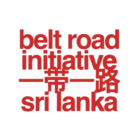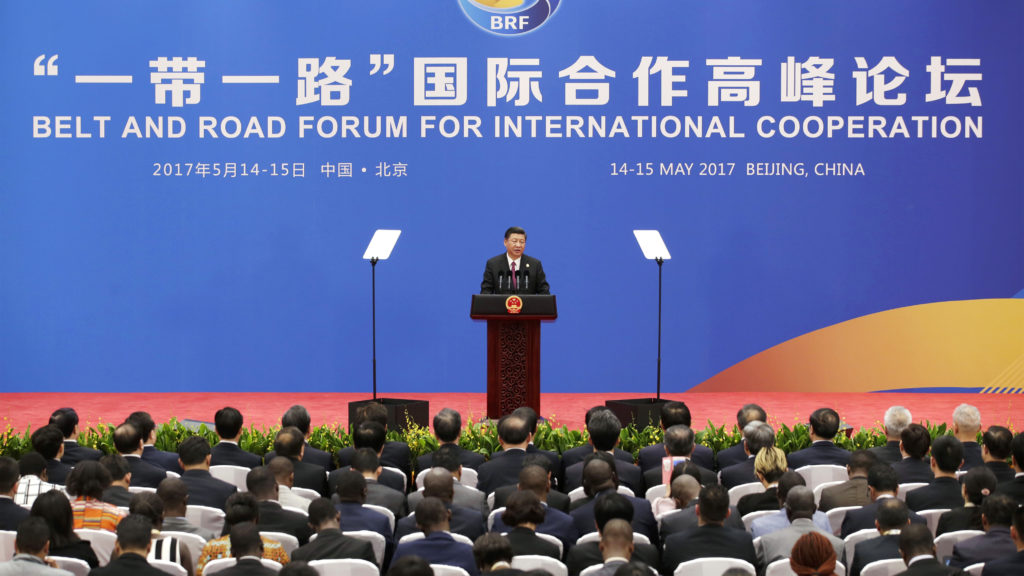The Belt & Road Initiative uplifting Infrastructure at a rapid phase
The Year 2021 marked the 8th anniversary of the Belt & Road Initiative (BRI). During the last eight years, the Initiative helped to rebuild distant relations among the countries along the ancient Silk Road. The word ‘Initiative’ can be interpreted as ‘taking the first step’ or ‘giving it a start’ and by which the flexibility to formulate its interpretation gives all member states to explore in diverse areas by not only being centric to infrastructure development projects but other areas as education, sports, culture, history, environment, health care, etc.
Since the inception of the BRI, it passed a few important hurdles, which include linking Europe, the Bay of Bengal, the Arabian Sea, and the North Pacific via land-based routes. At present China’s BRI with its three sea routes, three land routes, and three corridors, created alternative nine global trade routes. At present around 150 nations joined the BRI including eighteen European countries signing MoUs for BRI cooperation.
Politically the Global North countries boycott Chinese funding and counter the BRI initiative with different new strategies as, Indo Pacific, B3W, Blue Dot Network, Global Getaway, AUKUS, etc. yet most the time even these nations intend to flow into the competitive cost of Chinese construction to get their infrastructure done. One of the recent examples is the awarding of US$ 2.3 billion contract to a Chinese SOE to build Melbourne’s new train fleet although China – Australia relations was getting more complicated during last few years.
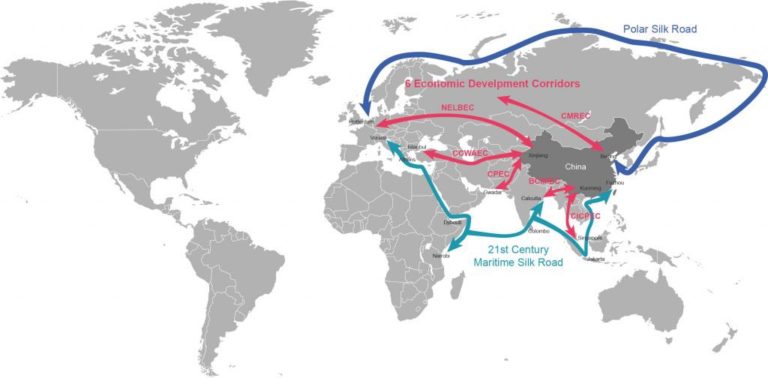
Decentralizing Trade Routes from the East to West
According to the data by China’s General Administration of Customs, As of May 2021, China-Europe freight trains had made 38,000 trips, carried 3.4 million 20-foot Equivalent Units (TEUs) of cargoes, and reached 151 cities in 22 European countries. In the first quarter of 2021, China-Europe freight trains made a total of 1,941 trips and transported 174,000 TEUs of goods. As multilateralism is considered as one of the most respected principles in Europe, A new China-Europe freight-train route linking Jinhua, in China’s Zhejiang with Budapest in Hungary was launched on June 2021. The train carrying about 21 million yuan ($3.3 million) worth of goods arrived in Budapest in eighteen days. Another return freight train loaded with dairy products departed from Belarus’s Minsk and on 7th June 2021 arrived in Shenyang, expanding the China-Europe cargo train services especially during the COVID era. On 2nd June 2021, another China-Europe freight train, fully loaded with cargoes containing medical supplies and gym equipment, departed from a logistics park in north China’s Shanxi province for Paris, making it the first non-stop freight train from Shanxi to France.
The BRI Footprint in Sri Lanka
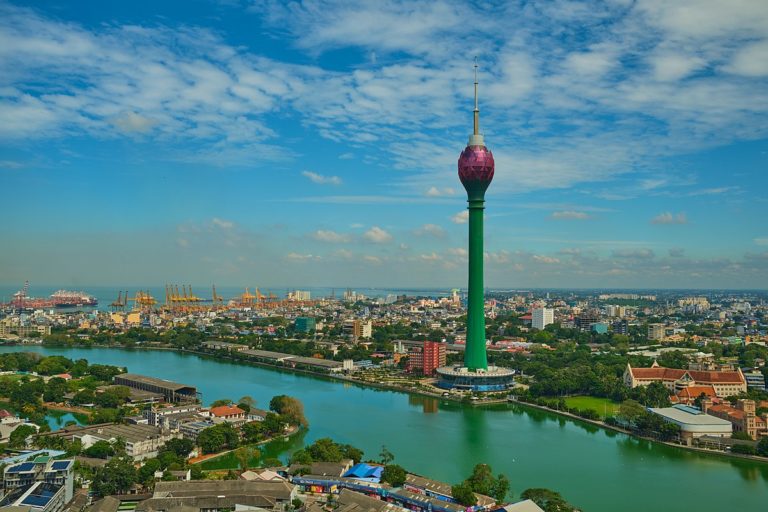
The BRI footprint in Sri Lanka includes high-quality construction delivered at a very competitive cost and a short time span which include many iconic buildings in Sri Lanka which were built by Chinese State-Owned Enterprises (SOEs), as at present Chinese SOEs are listed globally among the top companies in major industries as construction, railways, aviation, power generation and IT.
In the past, iconic structures in Colombo as the BMICH and the Hulftsdorp court complex were built decades prior to the BRI by Chinese SOEs. As Sri Lanka was one of the first nations to recognize the ambitions of BRI during its early stages, the BRI in Sri Lanka can be viewed in different approaches. One such approach is the financial support for infrastructure development, the other is the assistance of Chinese SOEs to complete the infrastructure. Once the infrastructure is completed BRI looks into trade development and investments. The Colombo Port City, Hambantota Port, The Colombo International Container Terminal are such examples of this flow. The BRI projects in Sri Lanka were funded by Chinese banks and Chinese SOEs play a vital role in completing these projects in given timelines at a competitive cost with Chinese technical and operational skills implemented during the constructions.
One of the other important areas of development is the digital infrastructure or the Digital Silk Road. The BRI plays an important role in enhancing digital connectivity in member states, especially in developing nations.
The Colombo Louts Tower is one such project in Sri Lanka that was financed by The Export-Import Bank of China and built by a Chinese SOE. Once the tower was completed it was handed over to the Sri Lanka telecom regulator. The Sri Lankan government identifies that this tower can bring direct benefits for digitalization to host the Digital Terrestrial Television ISDB-T signal towers and other Telecommunication operation stations. Moreover, as the return of investment (ROI) from observation area, hospitality, events, tourist attraction, and retail would be added value to recover the loan and maximize a longlisting ROI from the Colombo Louts Tower to the Sri Lankan telecom regulator. Apart from these projects, the BRI is rooted in different sectors in Sri Lanka, such as irrigation projects, power generation projects, real estate development, etc.
However, the strategic location of Sri Lanka was important to many global superpowers over the last few centuries and at present, the unprecedented Chinese influence over the world gives the island nation a clear spotlight. Sri Lanka holds significant importance to China in many areas and is considered as one of the most important nods of China’s BRI.
The Future Green BRI Pathway
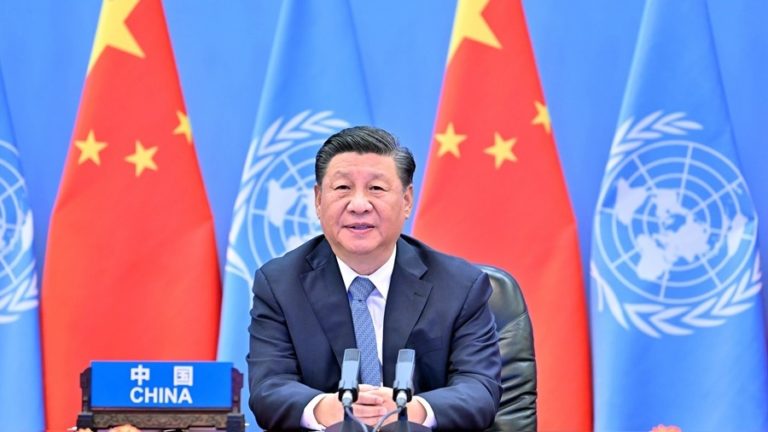
According to the ‘Xi Jinping Thought on Socialism with Chinese Characteristics for a New Era’ highlights BRI’s future pathway focused on new science-based ideas to innovative and coordinate among member states, also President Xi added that the projects should give priority to maintain environmentally friendliness with open and shared development. In reality, Chinese SOEs will need to adopt such policies in the coming future to establish a common destiny between Chinese people and other people around the world to maintain a peaceful international environment.
Moreover, as President Xi Jinping quoted, the BRI is the ‘project of the century at the opening ceremony of the Belt & Road Forum for International Cooperation on 14 May 2017, and in the same year, October President Xi’s 19th Communist Party of China (CCP) Congress remakes encouraged Chinese SOEs to make it a priority to ensure sustainable development. As a result, President Xi Jinping ensured in his speech at the 2021 UN General Assembly that China will no longer fund new coal-fired power projects overseas.
These remakes emphasize the extensive engagement in BRI projects in different areas apart from infrastructure development and allow Sri Lanka and other member states to engage not only in common human development but also to meet the ambitions of the global climate change accord the Paris Agreement.
